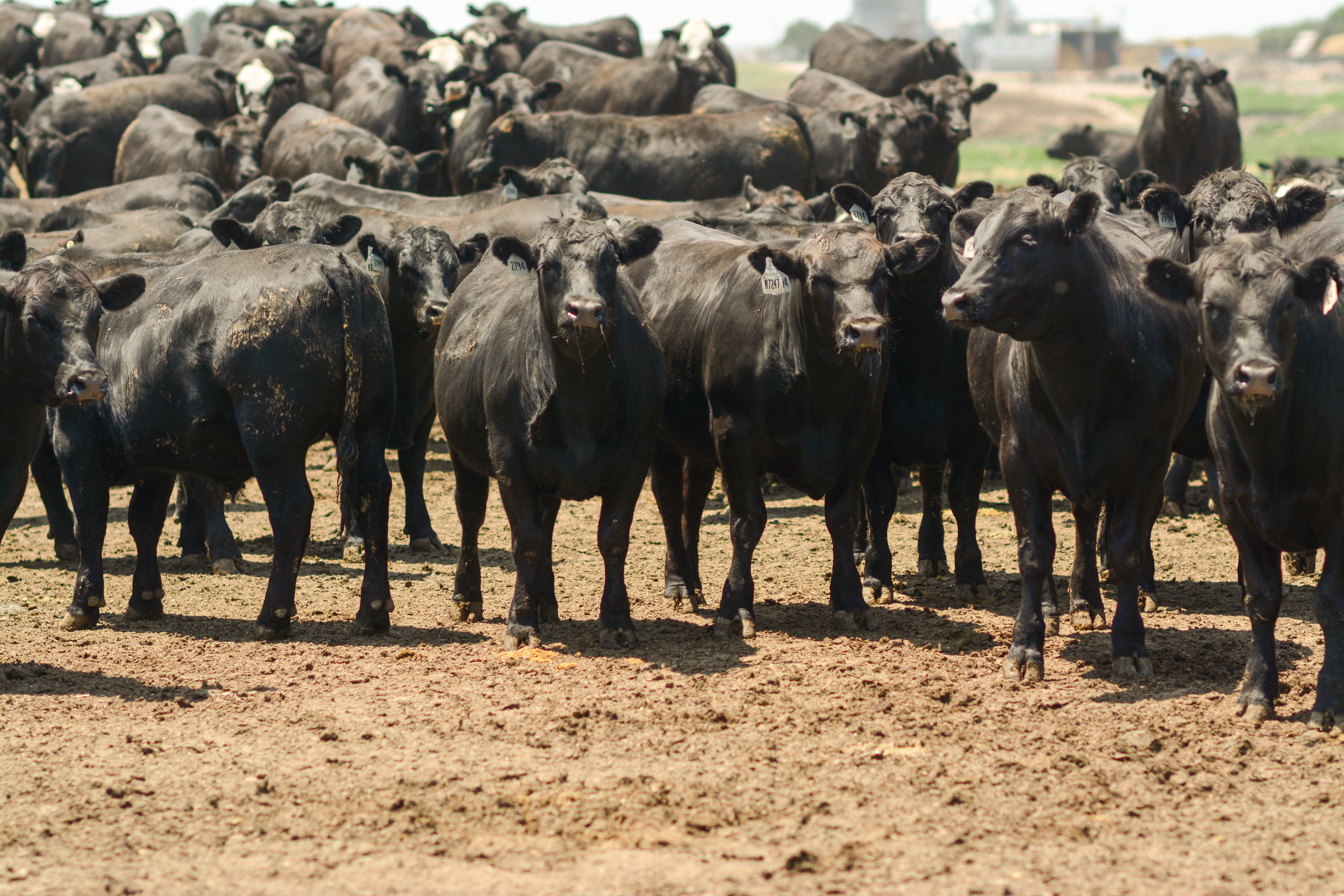
The Resistance Part I: Works today, not tomorrow?
Combating antibiotic resistance in cattle
by Miranda Reiman
April 22, 2020
Antimicrobial resistance might sound like a challenge straight out the headlines, but it could become awfully personal when you find routine antibiotics no longer cure a sick calf.
“I think we thought, in the arms race against bacteria, that we could win it,” says Amelia Woolums, Mississippi State University veterinarian. But bacteria replicate quickly, and disclose their tricks to other bacteria by sharing DNA. “It’s really not a race we are winning.”
It’s been a concern in the medical community ever since penicillin debuted early in the last century, but cattle health protocols have been seemingly immune to the challenges….until now.
Studies show antibiotic resistance is on the rise, especially in the last decade.
“There are diseases cattle get where in the past we might have said, ‘Well, let’s just give an antibiotic, just in case,’” Woolums says. “That’s the attitude we’ve got to get away from.”
Bovine respiratory disease (BRD) provides one complex case study, she says. There are four main bacteria that cause BRD, and 11 antimicrobials on the market are labeled to treat the most common one: Mannheimia haemolytica.
That’s where much of the research rests.
Studies from 1994, 2004 and 2011 showed an increase from virtually no resistance. Then work from Kansas State University’s diagnostic lab caught the attention of the animal science community.
Nearly 400 samples across a three-year period, from 266 unique locations, gave insight into possible trends.

In 2009, only 5% of the bacteria were resistant to five or more antimicrobials; by 2011 that jumped to 35%.
Treatment history of the animals was unknown, “but these data still worried a lot of people,” Woolums says.
That inspired studies in live cattle.
At the University of Georgia, 169 high-risk stocker cattle were measured at arrival, given metaphylaxis—or preventative antibiotic treatment—and swabbed again two weeks later.
Three-quarters of the cattle came in with bacteria that would respond to any antibiotic they were given. Two weeks later, that 75% number was down to 1%.
“Ninety-seven percent were resistant to the antibiotics we use all the time,” Woolums says. At that point, “they’d only been given one antibiotic.”
Concerning but, she says, “It’s important to note that this was not related to an unusually high rate of morbidity and mortality.”
More research is needed to determine the level that would cause a treatment failure.
Woolums and her colleagues completed an additional study that took those same swabs at four points from day one to day 21. It showed the number of cattle shedding the bacteria went from 10% on the first day to 88%.
“That’s textbook,” Woolums says. “But what we didn’t really expect was that the pattern of multi-drug resistance would completely follow it.”

By day seven, 80% of the bacteria were resistant to multiple drugs, and they were genetically diverse, meaning they didn’t just proliferate from one carrier calf.
This isn’t meant to be a dire warning, Woolums says, but more of a caution sign. More research is needed and best practices need to follow suit.
“The No. 1 goal is efficient use of antibiotics, that we’re really heading off problems before they start,” says Brandi Karisch, Mississippi Extension beef cattle specialist. “Good animal husbandry and hygiene practices, routine health exams and vaccinations.”
To lessen the chances of needing treatment, limit stress, improve nutrition and identify disease earlier, she says. “So, doing a good job of monitoring those cattle.”
Then use antibiotics sparingly—only for the sick or highest-risk cattle—and use them right: follow label instructions, work closely with your veterinarian and observe proper withdrawal times.
“Treat for the recommended time period,” Karisch says. “How many of you know someone who starts feeling better and stops taking the antibiotic?”
The Centers for Disease Control (CDC) has already flagged this as a growing area of concern.
“Antibiotic resistance is one of the biggest public health challenges of our time,” Karisch says, citing the CDC. More than 2.9 million people get an antibiotic-resistant infection each year. “So this is a very serious threat, not just on the livestock side of things, but in human medicine as well.”
There’s a chance every tool your veterinarian has today will work for years, and there’s a chance it won’t work next week.
“We don’t really know yet. The negative impact on morbidity or mortality has not been clearly evident,” Karisch says. “But there’s that ‘yet’ that goes along with that.
“In the meantime, it’s really important that we’re doing a good job taking care of those cows,” she says.
You may also like
Nebraska Ranch Receives Certified Angus Beef Commercial Award
Troy Anderson, managing a Nebraska ranch, focuses on breeding thriving maternal cows that will grade premium Choice and Prime, while respecting livestock, people and land. Anderson Cattle receives the 2023 CAB Commitment to Excellence Award. Their journey includes improving genetics, feeding home-raised and purchased calves and using data for better breeding decisions, all with a bottom-line approach.
Magnum Feedyard Earns Certified Angus Beef Award
While Magnum hasn’t always had pens filled with Angus-influenced cattle, they’ve invested in infrastructure, improved quality-based marketing and sought better genetics. Their dedication to detail and employee appreciation drive their success to high-quality beef production.
Michigan Angus Family Earns Ambassador Award
Seldom Rest Farms in Michigan, known for show-ring success, receives the CAB 2023 Ambassador Award for sharing their beef production story with Meijer grocery communications team and other CAB partners. The Foster family shares their passion for Angus cattle while fostering connections within the beef supply chain and promoting the Angus breed and CAB’s role in the industry.
